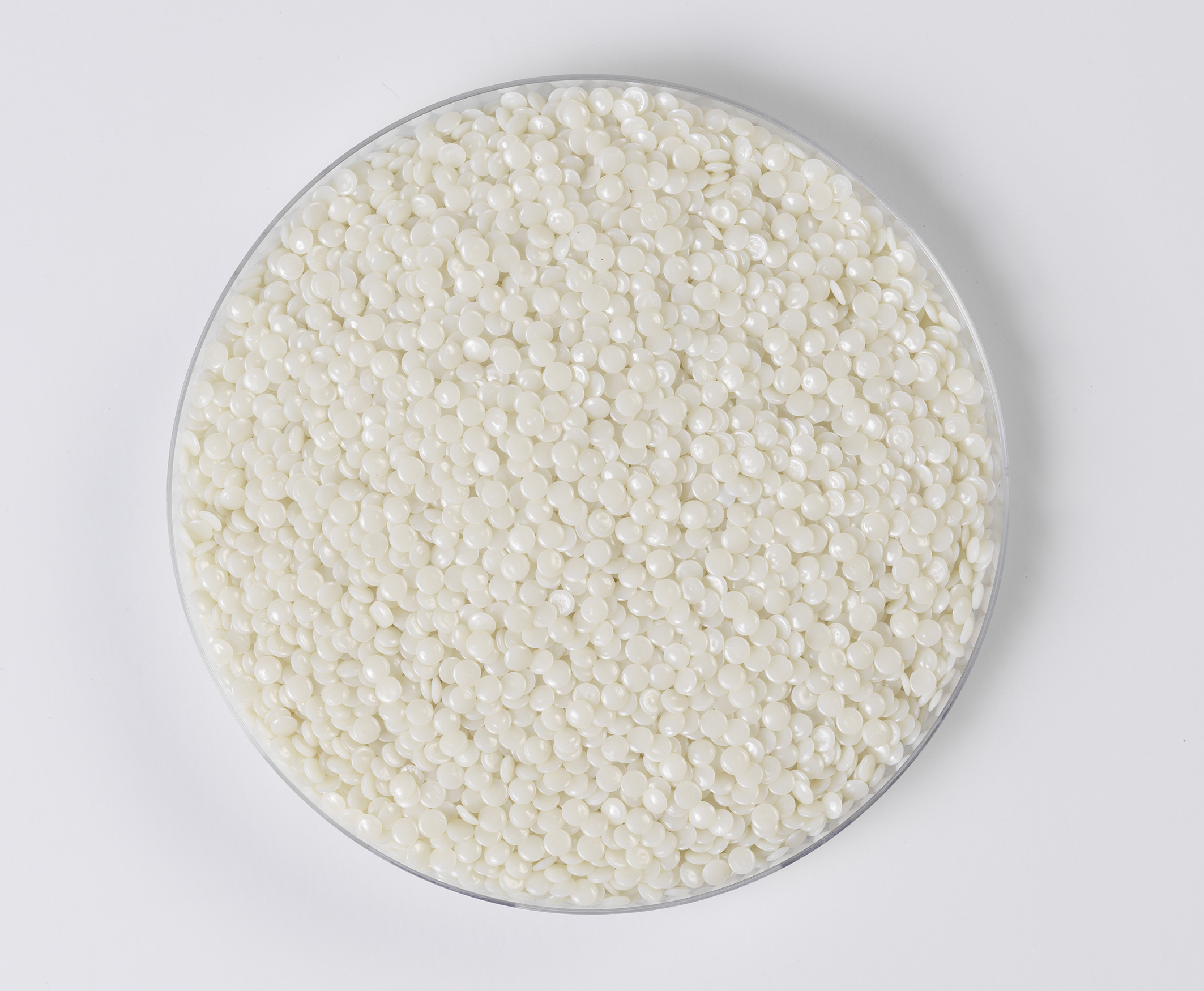In August 2021 Starlinger & Co GmbH received two Letters of No Objection (LNO) issued by the US Food and Drug Administration FDA regarding its newly developed machine concept for processing post-consumer HDPE scrap. The LNOs apply to the HDPE bottle-to-bottle and cap-to-cap recycling processes respectively, and confirm that HDPE regranulate produced with the Starlinger recycling process can be used at levels of up to 100 % in packaging with food contact. Already in 2012 Starlinger received its first FDA LNO for the use of recycled HDPE.
“The two LNOs are another important achievement for Starlinger in the field of food grade recycling”, said Paul Niedl, Commercial Head of Starlinger recycling technology. “Like it is the case with PET, 100 % recycled HDPE can now be used in applications with direct food contact. There is keen market interest for this – all signs are pointing towards a circular economy.”
The new Starlinger machine concept consists of a recoSTAR dynamic recycling line with a C-VAC degassing module and downstream odour reduction technology. The removal of odours plays an important role in the production of food-grade recyclate made from post-consumer HDPE. “Packaging made of HDPE is used for a lot of foods“, explained Niedl. „If, for example, substances from food scraps migrate into the plastic, they can cause unpleasant smells in the recycling process. To avoid this, we use our three-step procedure: It starts with material preparation, followed by highly efficient degassing in the C-VAC module, and is finalized with the thermal after-treatment of the produced regranulate. This method ensures that even deeply embedded odours are removed.” Contrary to methods which bind the odours by means of additives and enclose them in the regranulate, the Starlinger process removes the substances causing the odours and delivers permanently odour-reduced pellets which do not release unwanted smells in the following production steps.
“With the development of the circular economy, HDPE bottle-to-bottle recycling will gain increasing importance“, emphasised Paul Niedl. „A big share of food packaging such as milk and juice bottles, bottle caps as well as food trays for meat is made of HDPE. If this packaging is returned to the recycling stream and reused as food packaging without downcycling, millions of tons of virgin HDPE can be saved in the future.”









